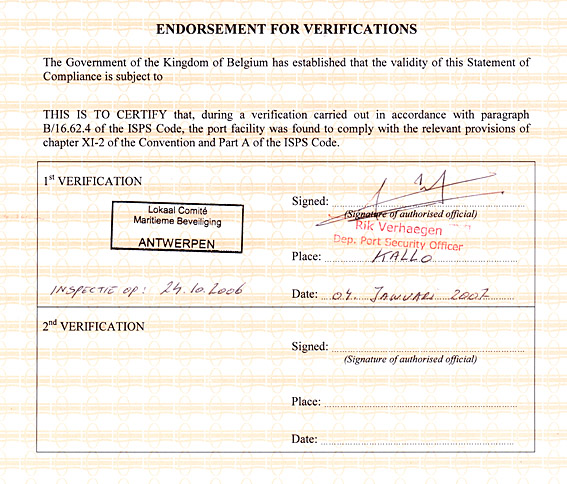Endorsement Stamp for Banks: A Relic in the Digital Age?
Remember the satisfying *thud* of a rubber stamp hitting paper, leaving its inked mark as a symbol of official approval? In the banking world, that sound once echoed through halls filled with paper trails and manual processes. The endorsement stamp, a tool seemingly frozen in time, played a crucial role in this symphony of transactions. But in our increasingly digital age, where transactions flit across fiber optic cables at the speed of light, is the endorsement stamp still relevant? Or has it become a relic, a faded memory of a bygone era?
The truth, as with many things in the ever-evolving world of finance, is nuanced. The traditional image of a bank employee meticulously inking and stamping stacks of checks might feel archaic. Yet, the underlying principles behind the endorsement stamp – verification, security, and authorization – remain as critical as ever. The way we achieve these goals, however, is undergoing a fascinating transformation.
Let's take a journey back in time. Before the internet revolutionized banking, physical checks were the lifeblood of commerce. An endorsement stamp, bearing the bank's name and often a designated account number, served as a vital tool for processing these checks. It signified that the bank acknowledged the deposit and verified the payee's intent to transfer funds. This physical act of stamping provided a tangible layer of security in a system heavily reliant on paper documents.
Fast forward to today, and we're navigating a world awash in digital transactions. Online banking, mobile payments, and contactless technologies dominate our financial lives. Checks, while not entirely extinct, are fading into the background. This shift towards digital has understandably raised questions about the continued relevance of the physical endorsement stamp. After all, how do you stamp a digital file?
The answer lies in the evolution of the endorsement stamp itself. While the physical stamp might be losing its grip on the spotlight, the concept it represents is more alive than ever. Digital signatures, encrypted authentication processes, and secure online banking platforms have stepped in to fulfill the roles once played by their ink-stained counterparts. These digital solutions provide the same – if not greater – levels of security and verification, all while keeping pace with the speed and efficiency of our digital world.
Advantages and Disadvantages of Traditional Endorsement Stamps
| Advantages | Disadvantages |
|---|---|
| Provides a physical record of endorsement | Time-consuming and labor-intensive for large volumes |
| Simple and easy to understand for most users | Prone to errors, such as smudging or illegible stamps |
| Can be customized with specific bank information | Difficult to track and manage across multiple branches or departments |
The transition from physical to digital hasn't been without its challenges. Concerns about data security, the potential for fraud, and the need for robust authentication measures are at the forefront of this evolution. However, the financial industry has responded with a wave of innovation, constantly refining security protocols and developing new technologies to mitigate these risks.
So, is the endorsement stamp a relic of the past? In its physical form, perhaps. But the core principles it embodies – trust, security, and verification – remain the bedrock of our financial system. As technology continues its relentless march forward, we can expect to see even more innovative solutions emerge, carrying the spirit of the endorsement stamp into the future of finance.
The race to the casa rosada what does it take to be president of argentina
Unlocking elegance navigating the world of ceremonial attire correspondence
Unlocking literacy a guide to k5 learning reading grade 1


/back-of-check-endorsed2-57a350e95f9b589aa907ed7e.jpg)



:max_bytes(150000):strip_icc()/endorse-checks-payable-to-multiple-people-315299-v2-5bbdffc846e0fb0026eccaf4.png)






